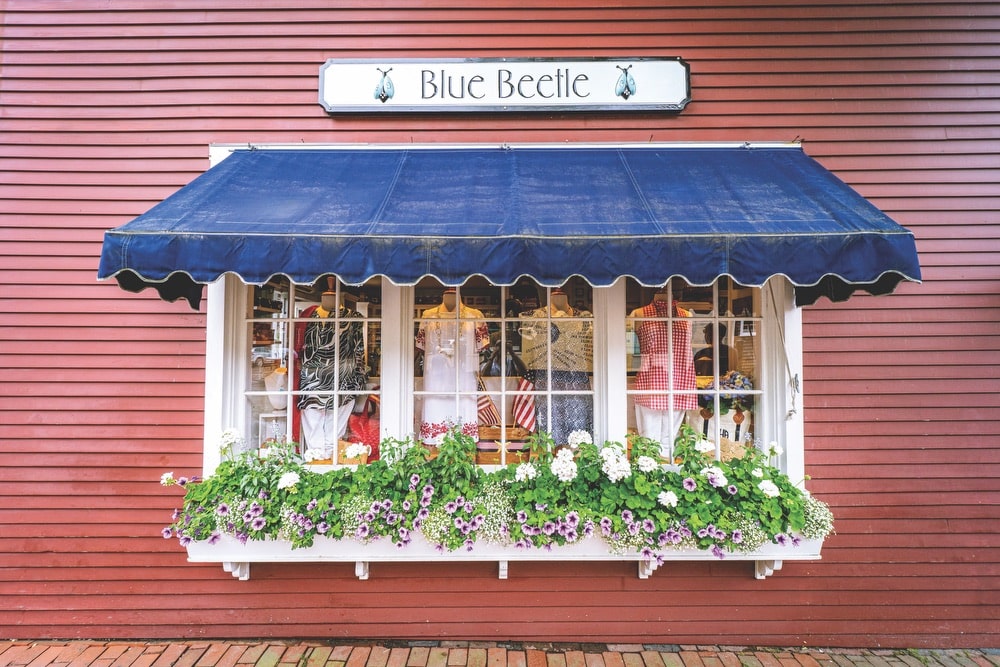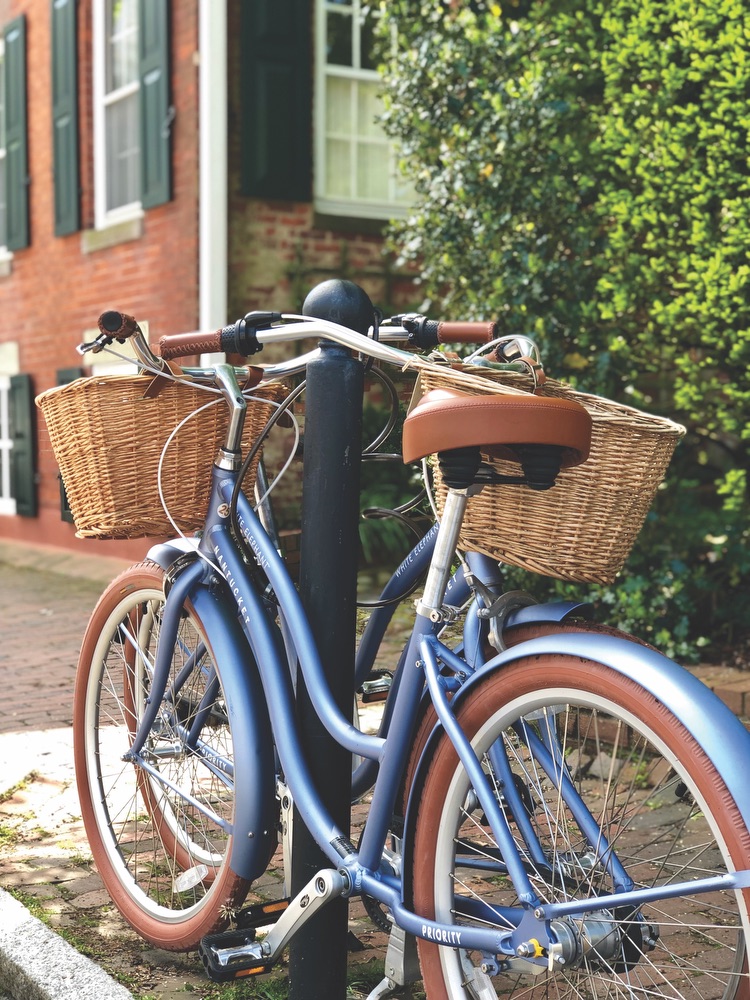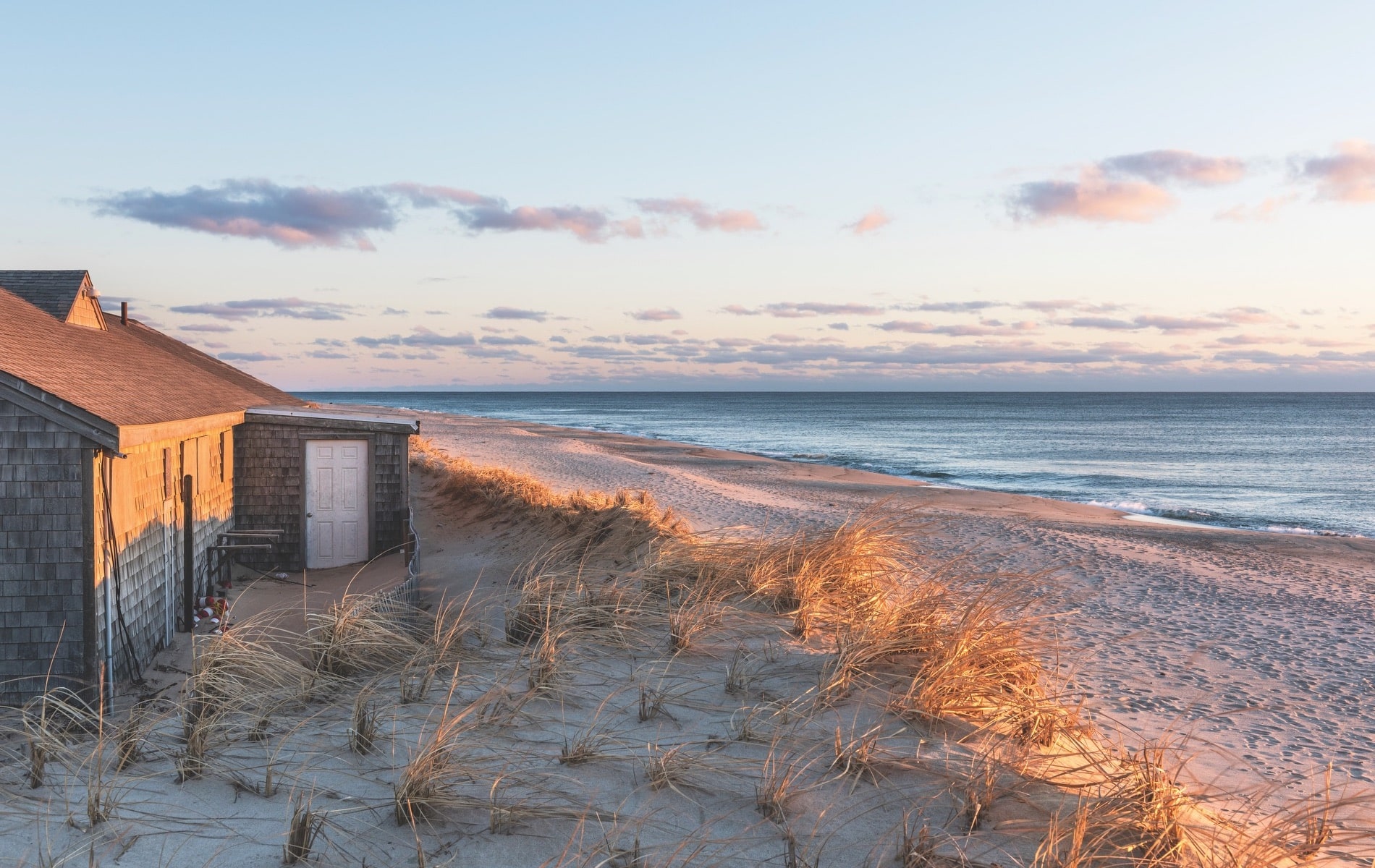
Sunlight,Lighting,Building,And,Sand,Dunes,At,Cape,Cod,With
Sunlight lighting Building and Sand Dunes at Cape Cod with View of Ocean
Cape Cod – A Fondness for Sand Dunes and Salty Air
By Nicholas S. Racheotes
In 1957, the Singing Rage, Miss Patti Page, recorded “Old Cape Cod.” It reached number three on the charts. Evoking winding roads, lobster stew, ocean views, the ringing of church bells on a Sunday morning, and the moonlight on Cape Cod Bay, this number will probably be heard at some point during your stay on the silicon sandbar. It is bound to set your mind wandering over this magical appendage protruding from the Massachusetts coastline.
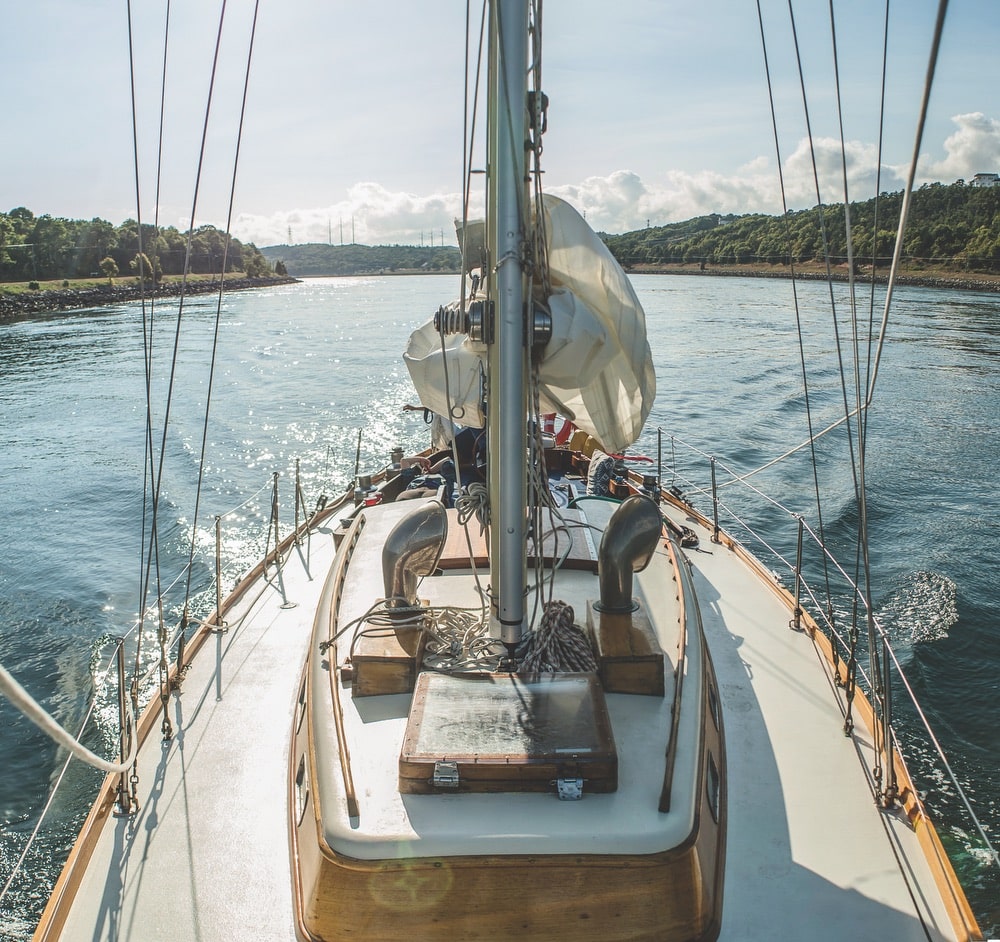
Boating and sailing are popular pastimes on the Cape. | Photo by Ben Nugent
To set the record straight, since the seventeen-point-four-mile-long canal was completed in 1940, Cape Cod has been an island connected to the mainland by two bridges. Don’t mention this to those who are Cape Codders by birth—you’ll be greeted by a knowing smile and the firm observation that human intervention does not an island make. From this perspective, the geography of Massachusetts consists of “on Cape” and “off Cape.” The residents comprise Cape Codders and washashores (pronounced without the “r”). Rest assured, visitors are warmly welcomed.
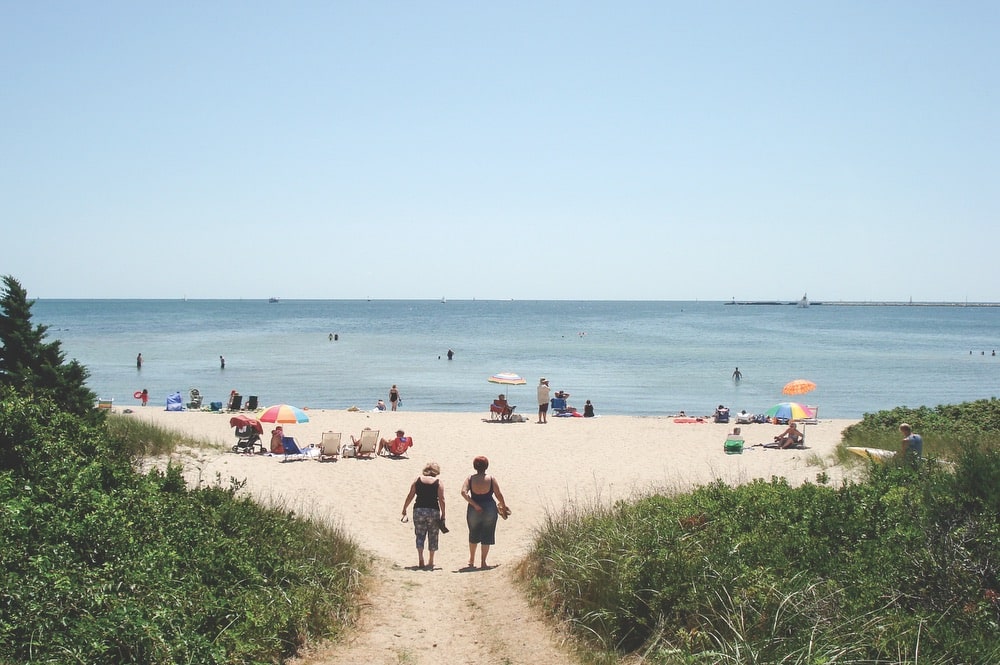
Keyes Memorial Beach is just one of several laid-back sandy beaches around Hyannis Port, Cape Cod, and the surrounding areas.
The French explorer Samuel de Champlain was probably the earliest washashore. He made voyages in 1605 and 1606 to map the coast and establish a settlement but found that the indigenous population was not interested in developing a tourist industry. That is far from true these days.
After sixty-six days at sea, the Mayflower also missed its chance to land on the Hudson River and ended with the Pilgrims spending about a month and a half in Provincetown. It was nowhere near the exciting destination this burg at the tip of Cape Cod would become. Instead, they took themselves off to Plymouth. They landed on Christmas Day in 1620 and began constructing the buildings that would constitute their settlement, the Plymouth Plantation. On your way to the Cape, this is a must-see.
- The Blue Beetle boutique on Main Street in Nantucket is just one of many unique shopping destinations. | Photo by Benjamin Rascoe
- Many Nantucket hotels, such as the White Elephant Inn, lend bikes to their guests, enabling them to discover the island at their own pace. | Photo by Carolyne Parent
Despite its many golf courses, cul-de-sac-punctuated housing developments, and crowded village centers, the Cape’s natural beauty endures to stunning effect. You can witness it by riding the many miles of the bike trail, bird-watching at the Audubon sanctuary in Wellfleet, or combing the forty miles of the National Seashore beaches from Eastham to Provincetown as Henry David Thoreau did. While watching the variegated waves kiss the dunes and listening to the pebbles sing as each breaker recedes, you can test your stamina against what Henry David exerted in 1849, five years before taking residence on Walden Pond, and your powers of description against what he set down in his book Cape Cod. The inspirational power of the Cape can also be found in the award-winning poetry of Mary Oliver and in Henry Beston’s The Outermost House: A Year of Life on the Great Beach of Cape Cod. Ultimately, the Cape’s full- and part-time residents are at pains to stave off the threats to the purity of her ponds, the integrity of her beaches, and the ecology of her wetlands.
There are so many beaches to mention that you should research for parking fees and other relevant details to find the right one for your visit. The “warm water side” faces the Nantucket Sound and the “cold water side” edges Cape Cod Bay. At low tide, the bayside is ideal for young children because you can walk for the length of football fields without having the water go above your knees.
While beaching it, if good conversation is your fancy, you need only pose the universal question, “Werdjeat?” which translates as “Where did you eat?” Failing this, you can always say something about the Red Sox or Patriots to a casually met stranger, and hours will fly by. Be sure to secure your belongings against the spank of the prevailing west wind, which regulates the temperature in the afternoon, and against the seagulls whose hunger for exposed comestibles knows no bounds.
Many of the harbors feature charters available for deep-sea fishing. There are numerous jetties from which surf casters can try their luck. If freshwater angling is your forte, be warned: unless you are a blood relative to whom a local apostle of Izaak Walton owes money, you’ll get no reliable advice as to where the take is best, so be willing to explore.
Besides the numerous golf courses for hitters of every level, from the duffer to the pro, there is Cape League baseball. It’s a world of fast-paced games, wooden bats, engaged fans, and ten teams populated with future stars, two of whom recently were inducted at Cooperstown. There are water parks, miniature golf courses, go-cart tracks, kayaks and canoes for rent, and art galleries and museums to visit. The Woods Hole Oceanographic Institution’s Ocean Science Discovery Center, the Cape Cod Museum of Natural History in Brewster, and the Whaling Museum (appropriately located on Nantucket Island) are among the foremost. The internet and local tourist centers crackle with opportunities for fun and profit, fair weather or foul.
If dining at various star-rated establishments is a must for you before watching the moonlight on Cape Cod Bay, the opportunities are abundant and opulent for virtually every type of cuisine, ambience, and featured entertainment. My preferences run to Ruggie’s on Main Street, the Harwich breakfast spot patronized by the locals and staffed by a grill maestro who can do things with eggs and home fries that make even the sun shine on a cloudy day. Your order will be delivered by smiling servers who put you directly on a first-name basis. Of course, you may find your bliss (and healthier diet) elsewhere.
Events abound in this part of the world, such as the crowd-pleasing annual Cape Cod Greek Festival is held each July in Centerville. Friday lobster roll lunches are sponsored by various churches. The oyster, cranberry, and scallop festivals mark September across the Cape. Farmers’ markets highlight craft specialties, gourmet ice cream shops, chocolate, and coffee spots. The annual Provincetown Portuguese Festival is also a gem. While in Provincetown, take supper outside and enjoy the foot traffic on Commercial Street.
There may well be no kinder or more welcoming spot on earth that allows you to be the self you’ve chosen to be.
If the art and photography galleries haven’t fully satisfied your desire to experience the finer things in life, there is music galore. From the buskers on Main Street to the Cape Cod Chamber Music Festival, the weekly performances of town bands, the Cape Cod Symphony’s concerts by the sea, the vocal gymnastics of various a cappella groups, and the free Sunday concerts in village churches, your ear cravings will be easily satisfied.
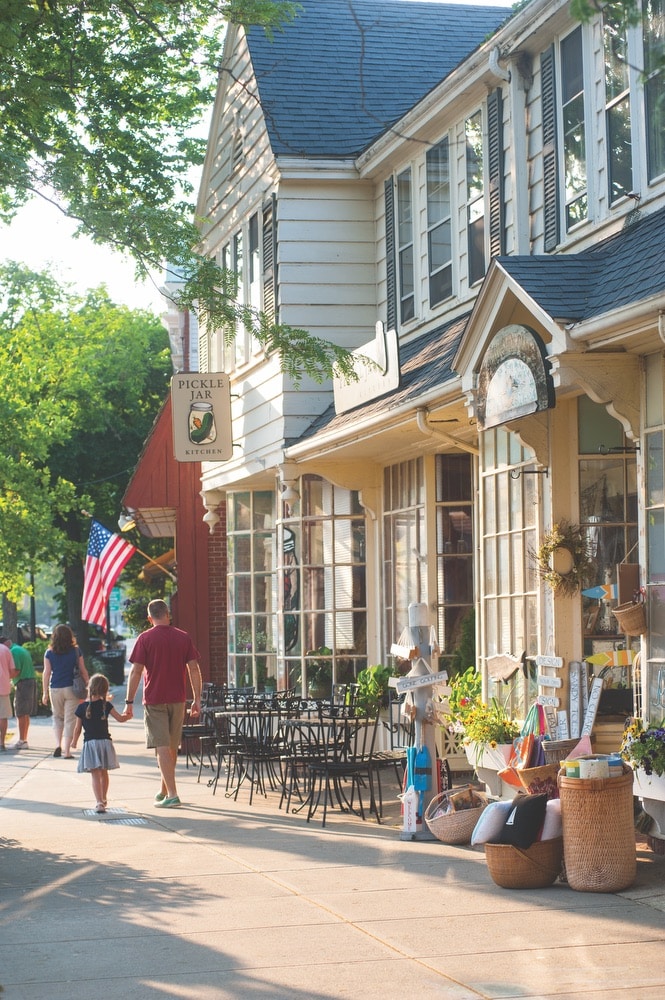
Walking through the charming streets of Falmouth is a pleasure any time of year.
While on the subject of good sounds, may I recommend ditching your playlist and jumping on FM noncommercial, volunteer radio during your stay? On WOMR, you will be treated to the widest variety of offerings any radio junkie could imagine, and on WMVY, the intelligent rockers from Martha’s Vineyard have their own well-informed way of pleasing.
Great theater, from the classic to the ultramodern, is available at about twenty-five venues (with many beginning to reopen and others planning to as soon as possible), including the Harwich Junior Theatre, the Cape Rep Theatre in Brewster, the Harbor Stage Company in Wellfleet, and the renowned Cape Playhouse in Dennis. Independent film festivals occur annually in Provincetown and Woods Hole. (Permit me to stop here for fear of becoming encyclopedic.) My advice is that, in the same way you might hunt the perfect fried clam, the ideal stuffed quahog, or the platonic form of lobster bisque, you should fire up your favorite search engine to fulfill your entertainment needs or visit CapeCodChamber.org for official tourism information.
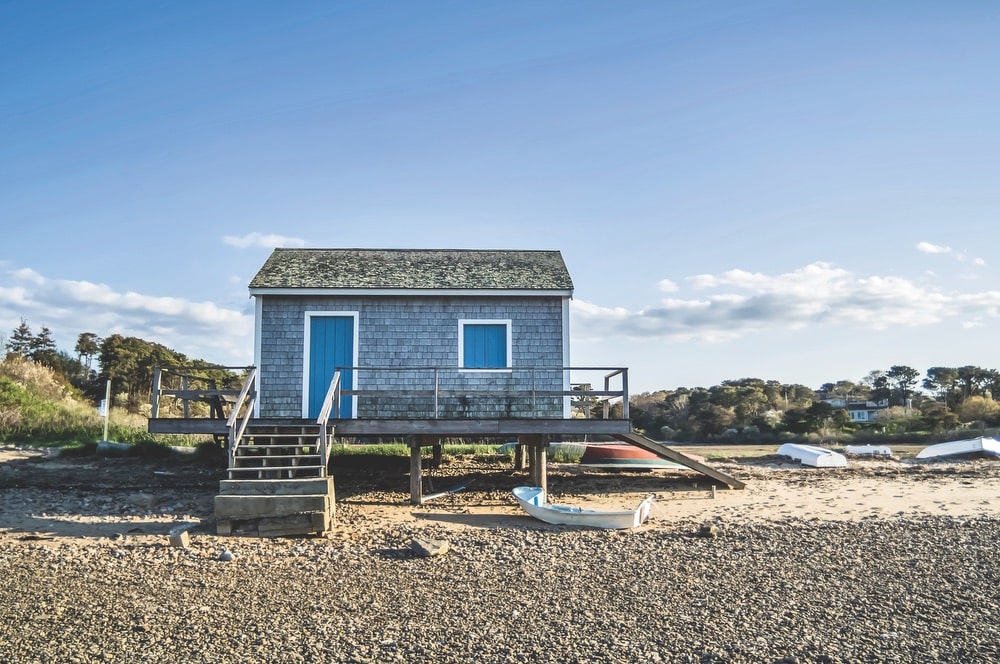
For a quintessential New England beach vacation, you can’t go wrong with a cruise around the islands and coastlines of Martha’s Vineyard, Cape Cod, Nantucket, and Hyannis Port.
The time has come to take a breath on a Sunday evening. As sunset distributes purple shadows over our deck, the robins are calling to one another. They seem to say, “Here I am. Where are you?” I’m thinking of the westbound traffic on Route 6A (recently named an official National Scenic Byway). The weekenders have squeezed the last hour from another perfect beach day, and the kids are bathed and nestled snugly in their car seats. The Bourne and Sagamore Bridges are within sight and will catapult our heroes into their off-Cape lives.
I’m imagining couples catching one another’s glance as the road threads below them and softly singing, so as not to disturb their precious cargo, “You’re sure to fall in love with old Cape Cod.” They have, and you will too.
— V —
To start planning your trip, visit CapeCodChamber.org.
Nick Racheotes is a product of Boston public schools, Brandeis University, and Boston College, from which he holds a PhD in history. Since he retired from teaching at Framingham State University, Nick and his wife, Pat, divide their time between Boston, Cape Cod, and the rest of the Western world.
Share This Story!
KEEP UP WITH THE LATEST STORIES FROM VIE



